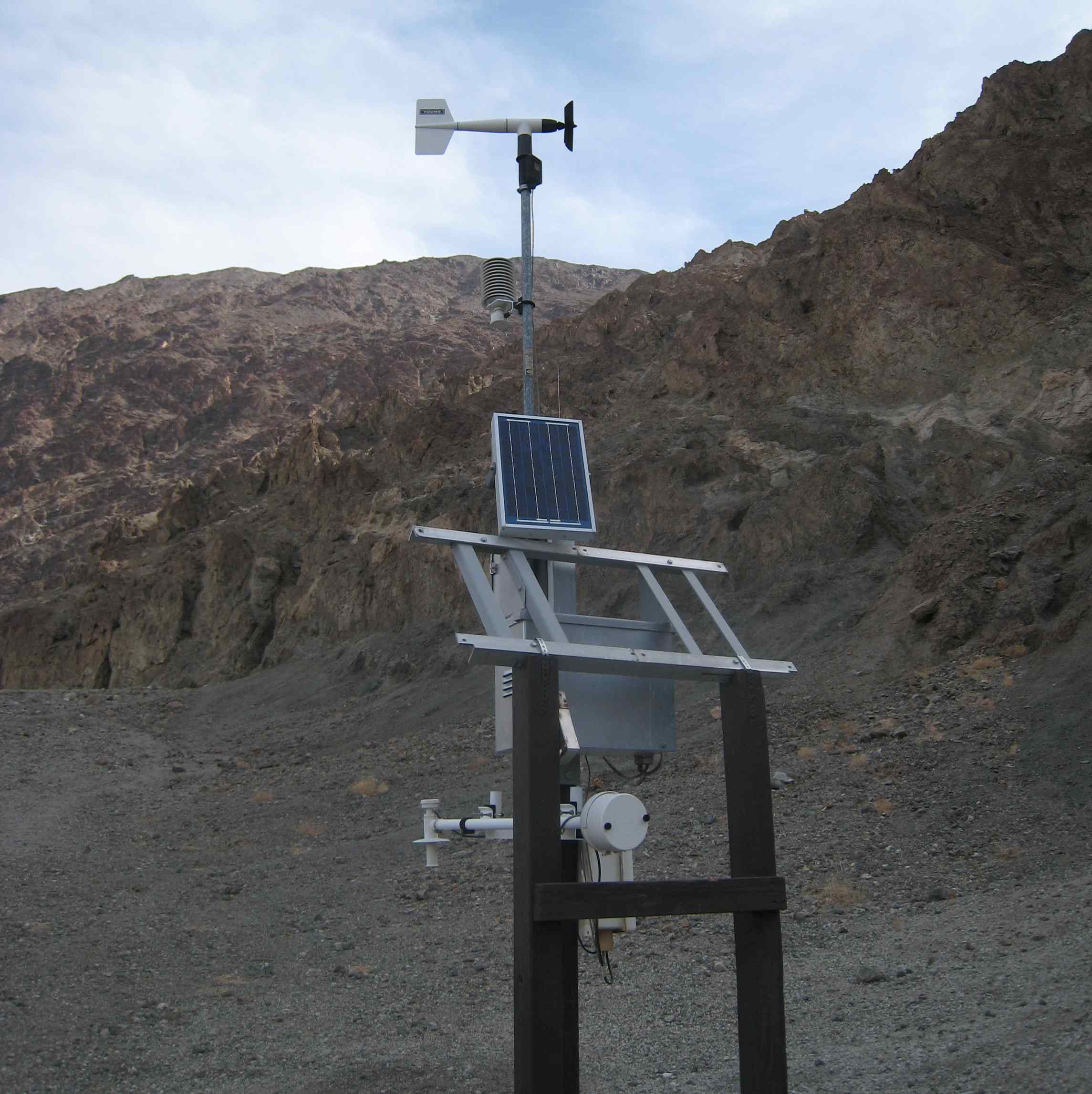Thinking about building a weather station? The process of gathering weather data is always exciting, but as most people know, data is only as good as the tools that collect it. Selecting the right sensors for your weather station is essential to gather the data that aligns with your specific needs, industry, and limitations. Understanding the applications and capabilities of each sensor ensures you create a weather station that provides accurate, relevant, and actionable insights for your project.
6 Types of Weather Sensors
1. Temperature and humidity sensors form the foundation of most weather stations. These tools measure ambient conditions critical for diverse applications such as aviation, agriculture, and industrial processes. For enhanced accuracy, aspirated and multi-plate radiation shields can minimize the effects of solar heating. Advanced setups may also include dew point calculators, valuable in industries like aviation, where condensation risks must be managed.
2. Wind speed and direction sensors are another crucial component. Monitoring wind patterns is essential for fields like renewable energy, maritime navigation, and weather forecasting. Mechanical anemometers have stood the test of time and remain the most accurate and reliable sensors on the market, especially in harsh or remote locations. However, ultrasonic wind sensors are increasingly popular for their precision and low maintenance. These sensors provide real-time data without the mechanical wear associated with moving parts. (Check out this blog post on the pros and cons of each!)
3. Precipitation sensors play an indispensable role in hydrology, agriculture, and urban planning. Tipping bucket gauges are economical and suitable for general applications, providing consistent measurements of precipitation. Siphon precipitation sensors provide another advanced option, excelling in applications requiring continuous and highly accurate rainfall measurements by maintaining a steady flow rate regardless of precipitation intensity. These are especially useful on moving platforms, such as vessels or buoys, where the tipping bucket mechanism simply won’t work. Some systems, like those offered by R.M. Young, include heating capabilities to ensure functionality even during snow and ice events.
4. Barometric pressure sensors are essential for understanding atmospheric changes and predicting weather systems. Applications range from aviation, where they are used for altitude calibration, to storm tracking and emergency response. Integrated barometric sensors often come with advanced algorithms, delivering real-time data that supports decision-making across a variety of industries.
5. Solar radiation and UV sensors extend a weather station’s capabilities, measuring sunlight and ultraviolet exposure. These sensors are critical in sectors like solar energy optimization, agriculture, and public health. By tracking solar radiation, researchers and practitioners can model photosynthesis rates or warn communities about UV overexposure risks.
6. Data logging and connectivity tools are also required for modern weather stations. Whether you’re exporting raw data for scientific analysis or sharing live weather updates with global networks, connectivity is key. Devices like wind trackers, translators, and temperature trackers enhance data precision and usability by converting raw sensor inputs into actionable insights, streamlining integration with broader monitoring systems, and ensuring that critical environmental data is accessible in real-time.
Check out this blog for siting tips and guidelines!
Additional Considerations for Weather Station Deployment
Sensor Calibration and Maintenance: Proper calibration and routine maintenance are essential for ensuring the long-term accuracy of weather sensors. Regular maintenance, such as calibration, cleaning sensor components, and checking for wear and tear, helps prevent data inaccuracies caused by environmental contaminants like dust, ice, or biological growth as well as correct possible drifts that naturally occur over time.
Power Supply: Power supply is a critical consideration for weather stations, especially when determining placement and long-term reliability. Local weather stations with access to grid power can use standard AC adapters or backup battery systems to ensure continuous operation. However, remote stations require more self-sufficient power solutions. Solar panels are the most common choice for off-grid weather stations, offering sustainable energy with minimal maintenance. These systems often incorporate rechargeable battery packs to store excess energy, ensuring uninterrupted data collection during low sunlight conditions. Efficient power management, including low-power sensor configurations and energy-efficient data transmission methods, helps extend system longevity and reliability in both remote and local applications.
Customizing Weather Stations for Specific Needs
Every weather application has unique data requirements, making it important to tailor your weather station setup. For instance, farmers may prioritize precipitation and UV sensors to manage crops, while aviation professionals might require precise wind and pressure measurements for flight safety. Environmental researchers often need specialized instruments for solar radiation and rainfall analysis to study climate trends. Designing a system with the right combination of sensors ensures that your weather station delivers actionable insights while staying cost-effective and efficient.
Even specific sensors, such as the Wind Monitor, come in various models tailored for specific applications. For example, options designed for marine, alpine, air quality, and intrinsically safe environments are just a few of the application-specific instruments available in the market.
How Do I Know Which Weather Sensors I Need?
Let us help! We specialize in crafting weather stations that meet the demands of diverse applications. From rugged sensors for extreme environments to advanced connectivity options, our instruments are built to provide reliability and precision.
Contact us today to discuss how we can help you design a weather monitoring system tailored to your specific needs.


